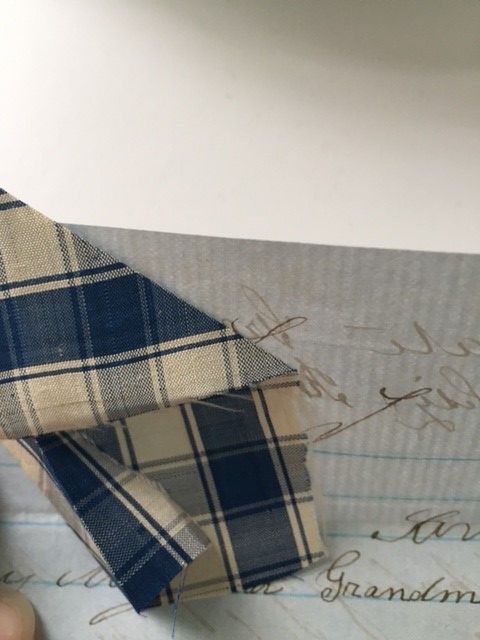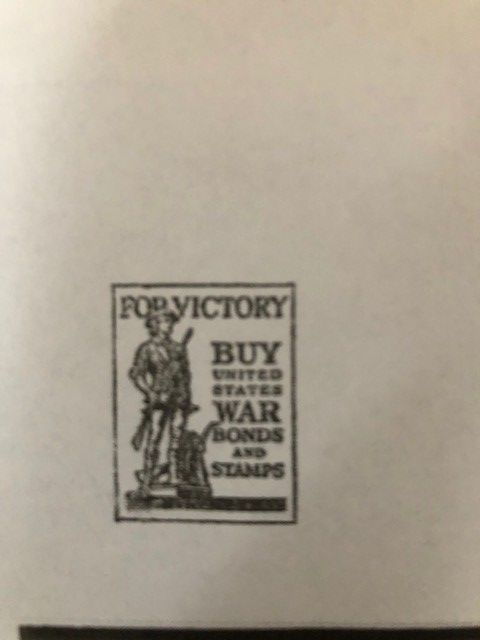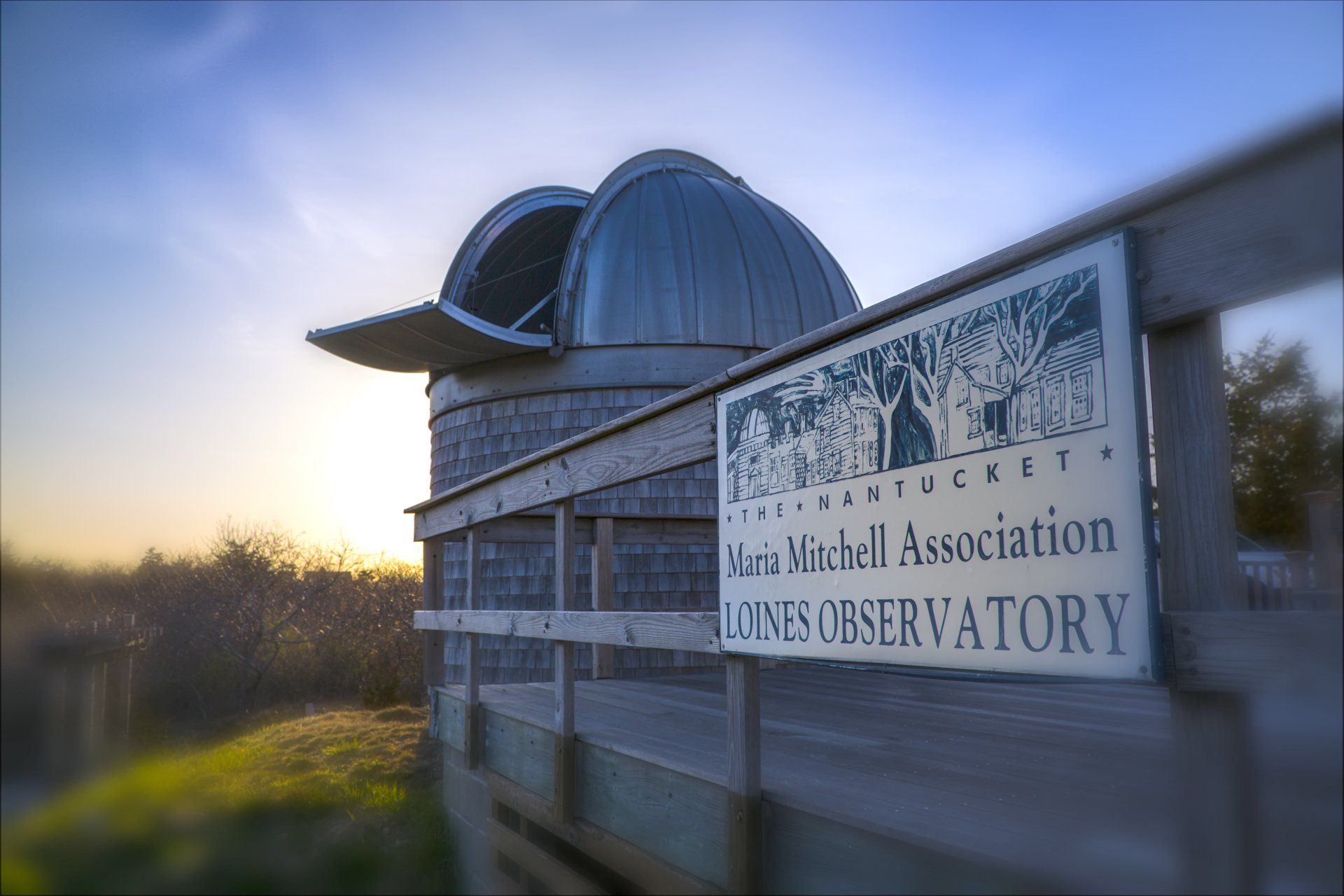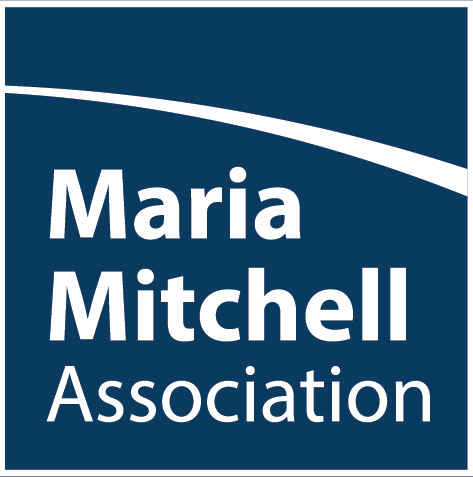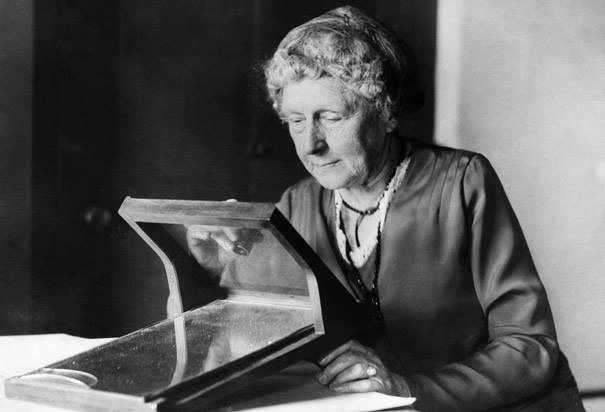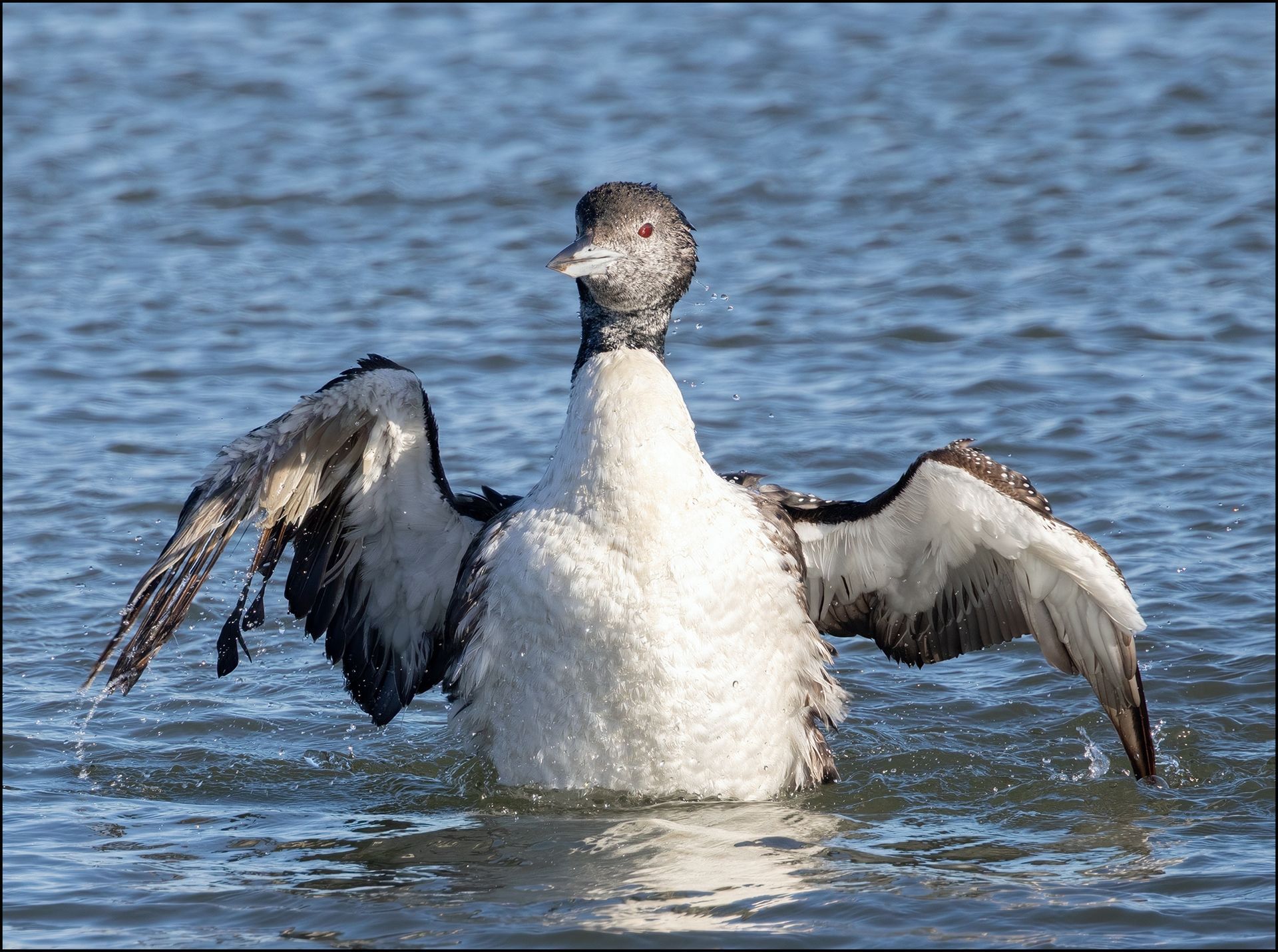On Their Shoulders: Annie Jump Cannon, 1863-1941
While March and with it, Women’s History Month, is over, I wanted to re-highlight another woman who played a role in the MMA. While we perpetuate and promote the legacy of Maria Mitchell, our namesake, the Nantucket Maria Mitchell Association has been built upon the shoulders of some incredible women. Annie Jump Cannon, who I have mentioned before, is one of those women.
Annie Jump Cannon was among the founding members of the MMA but she was also instrumental in the development of our astronomy program. With a growing desire to further develop a fledgling astronomy program in 1906, the MMA began a dialogue with Harvard University’s Observatory and its director, Edward Pickering, Ph.D. The connection to Harvard was to become essential to the success of the beginning years of the Maria Mitchell Observatory and continued a legacy of friendship and work – Maria Mitchell and her father worked with the Bonds who once ran the observatory at Harvard and the families were close friends.
Besides his advice and assistance, Pickering asked a member of his staff, Annie Jump Cannon to advise and assist the MMA. This “provided an indispensable collaboration for Nantucket astronomy” with Cannon spending two weeks on the island in both 1906 and 1907 lecturing and teaching. While back at Harvard, she continued to teach the students on Nantucket by mail. Cannon would go on to be recognized as the leading woman astronomer of her generation and also as the founder of the astronomy department at the MMA.
Completed in 1908, the Maria Mitchell Observatory now was in need of a permanent astronomer. An Observatory Committee was developed and chaired by Annie Jump Cannon. From 1909 through 1911, the Association was able to employ an astronomer to teach classes, observe, provide lectures, and open the observatory for public observing for approximately a month each summer. As the demand grew, the MMA realized that a more extensive program was needed and the Astronomical Fellowship Committee began to raise funds for an Astronomical Fellowship Fund. With the support of many generous donors and a matching gift from Andrew Carnegie, by 1911 the MMA had the funds it needed to support the fellowship and began its search for an astronomer who would conduct research and provide lectures, classes and open nights for the public from mid-June through mid-December. The fellow would spend the remainder four months in research and study – every fourth year a full year of study would be spent in an American or European observatory.
With Pickering, Cannon developed the Harvard Classification Scheme, an attempt to organize and classify stars by temperature. She was one of many women whom Pickering hired to reduce data and carry out astronomical calculations. She would go on to become the Curator of Astronomical Photographs at Harvard. She received a regular Harvard appointment but just two years before she retired – she was named the William C. Bond Astronomer. Today, there is the Annie Cannon Prize which is awarded to women astronomers who have made outstanding contributions in astronomy.
JNLF
Recent Posts
